Metic
-
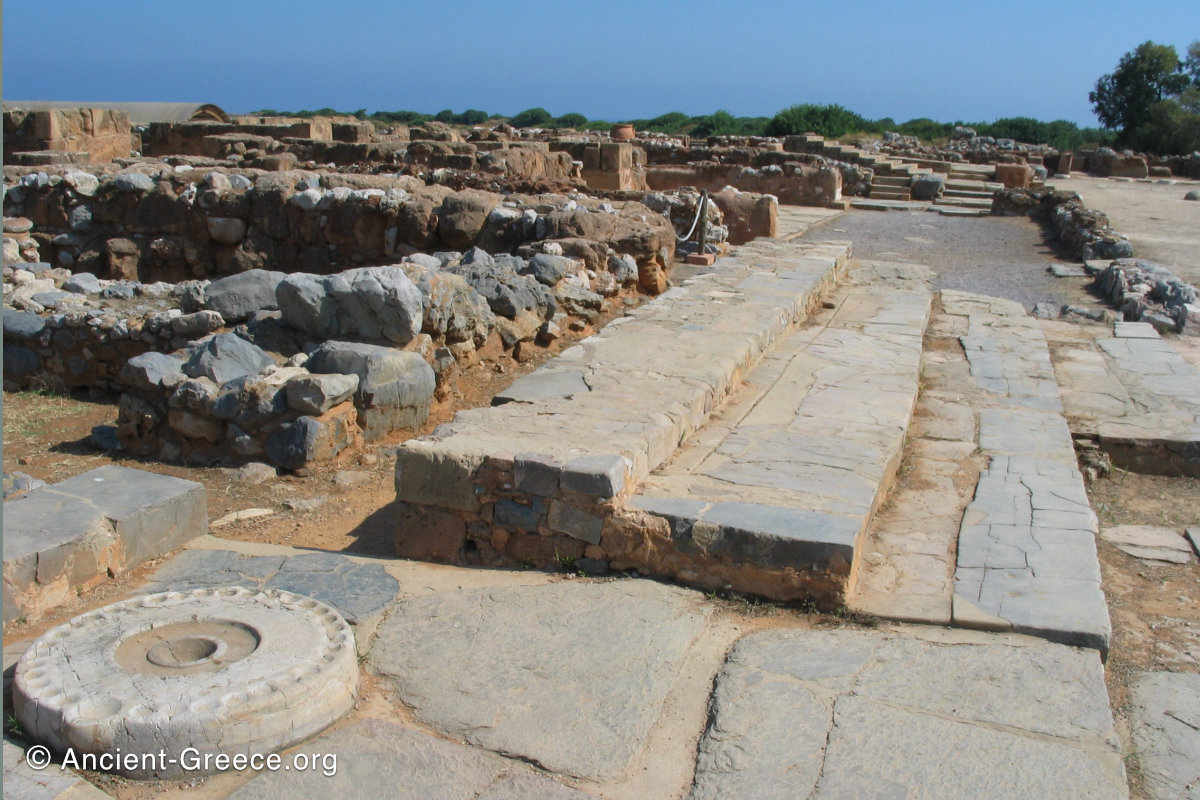
Malia
Read more: MaliaThe Minoan palace at Malia (Μάλια) is the third largest palace of Minoan Crete after Knossos and Phaistos. The palace’s proximity to the sea was obviously important in the development of the site into a cultural hub for…
-
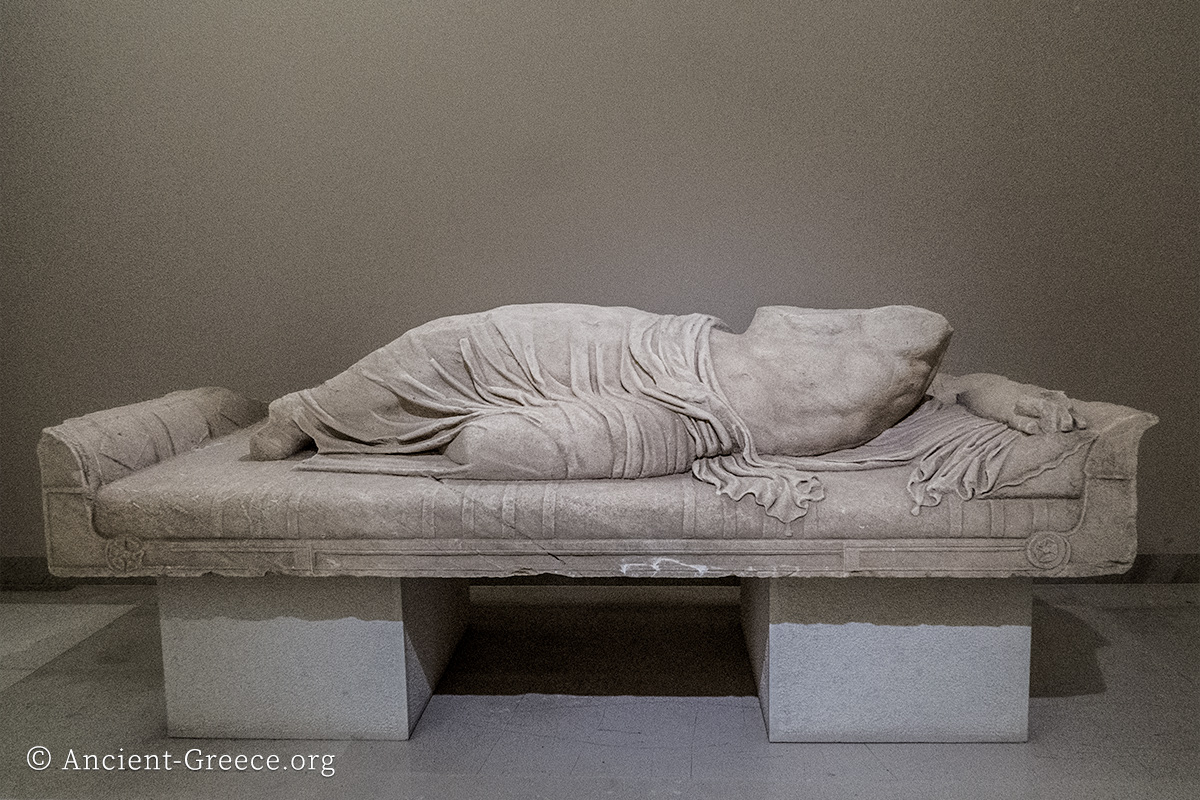
Marathon Archaeological Museum
Read more: Marathon Archaeological MuseumThe Archeological Museum of Marathon is located in the small coastal town by the same name, and exhibits art and artifacts from various excavation sites in the vicinity. The area has been continually inhabited since the Stone Age…
-

Marathon Archaeological Site
Read more: Marathon Archaeological SiteMarathon (Μαραθών, Μαραθώνας) area has yielded archaeological artifacts dating back to the Stone Age, but in modern times Marathon has become synonymous with the famous battle between the Athenians and the invading Persians where the outnumbered Greeks managed…
-
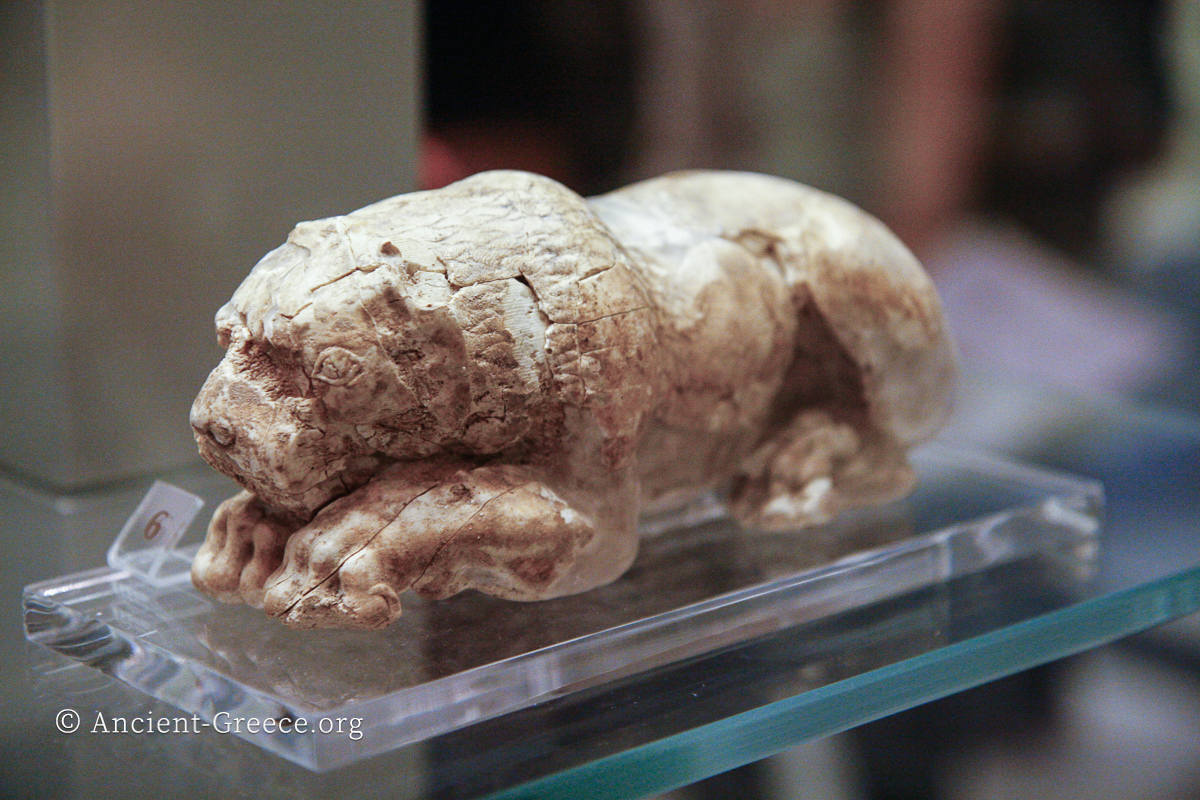
Mycenae Archaeological Museum
Read more: Mycenae Archaeological MuseumMycenae Museum is built next to Mycenae archaeological site to house artifacts from the Bronze Age citadel excavations. While the most important Mycenaean artifacts are exhibited at the National Archaeological Museum of Athens, a variety of other objects…
-
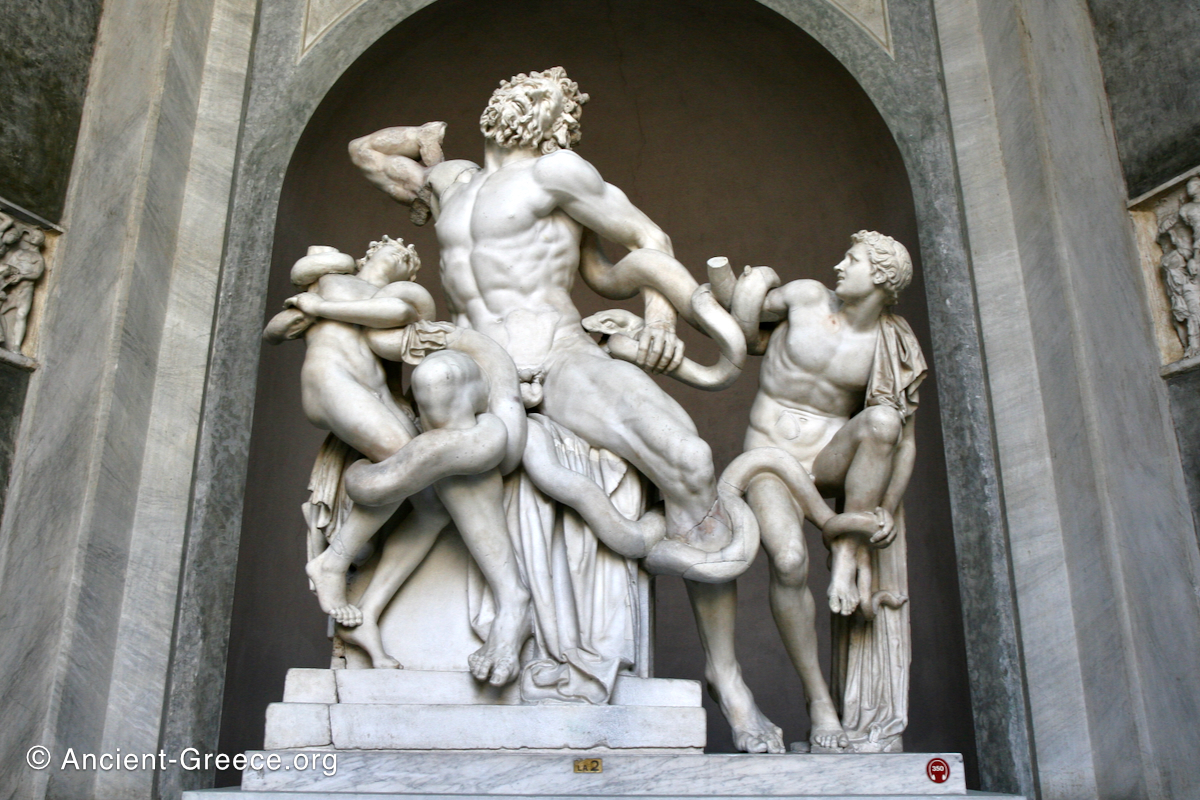
Vatican Museums: Greek & Roman Art
Read more: Vatican Museums: Greek & Roman ArtThe Vatican Museums exhibit a plethora of Greek and Roman sculptures. The antiquities collection of the Vatican had a great influence and provided inspiration to Italian Renaissance artists, among them Michelangelo who was a keen student of the…
-
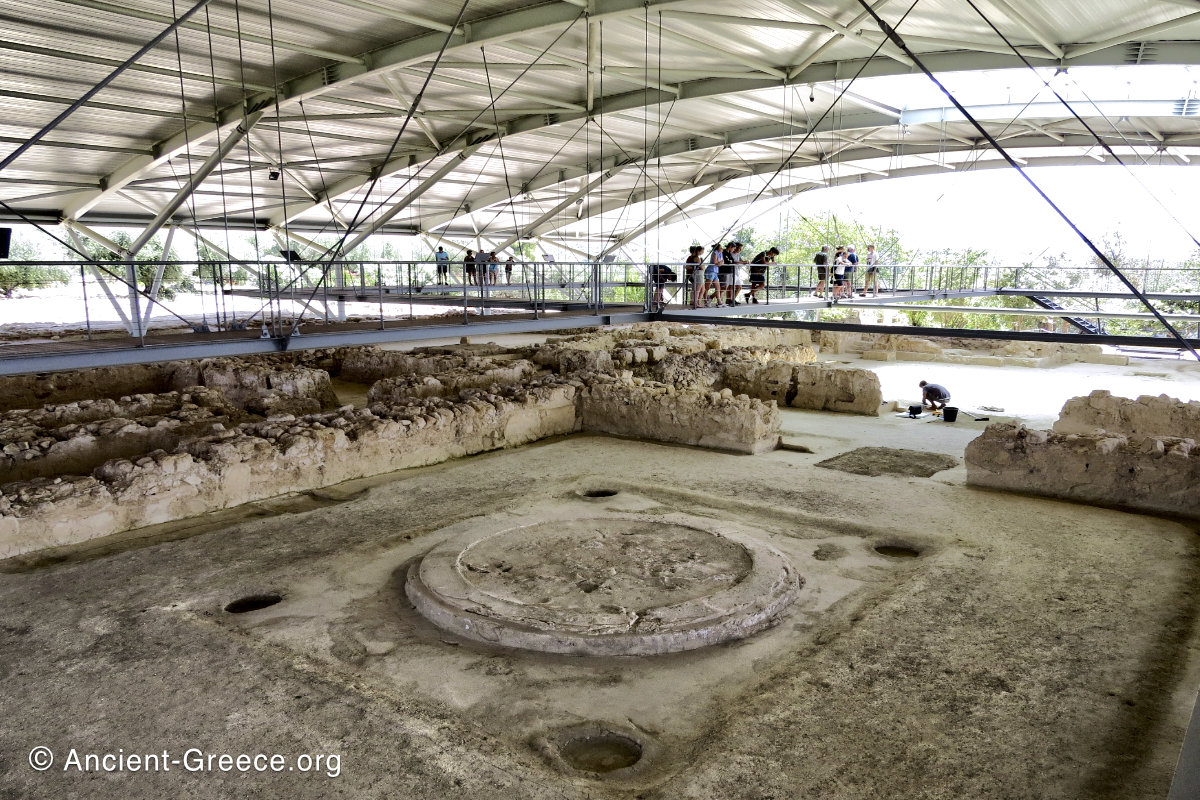
Nestor’s Palace
Read more: Nestor’s PalaceThe Mycenaean palace of Nestor (Ανάκτορο του Νέστορα) is an archaeological site near Pylos in SW Peloponnese, Greece. It was an influential center during the Late Bronze Age era (circa 1600-1100 BCE), and it played a role in…
-
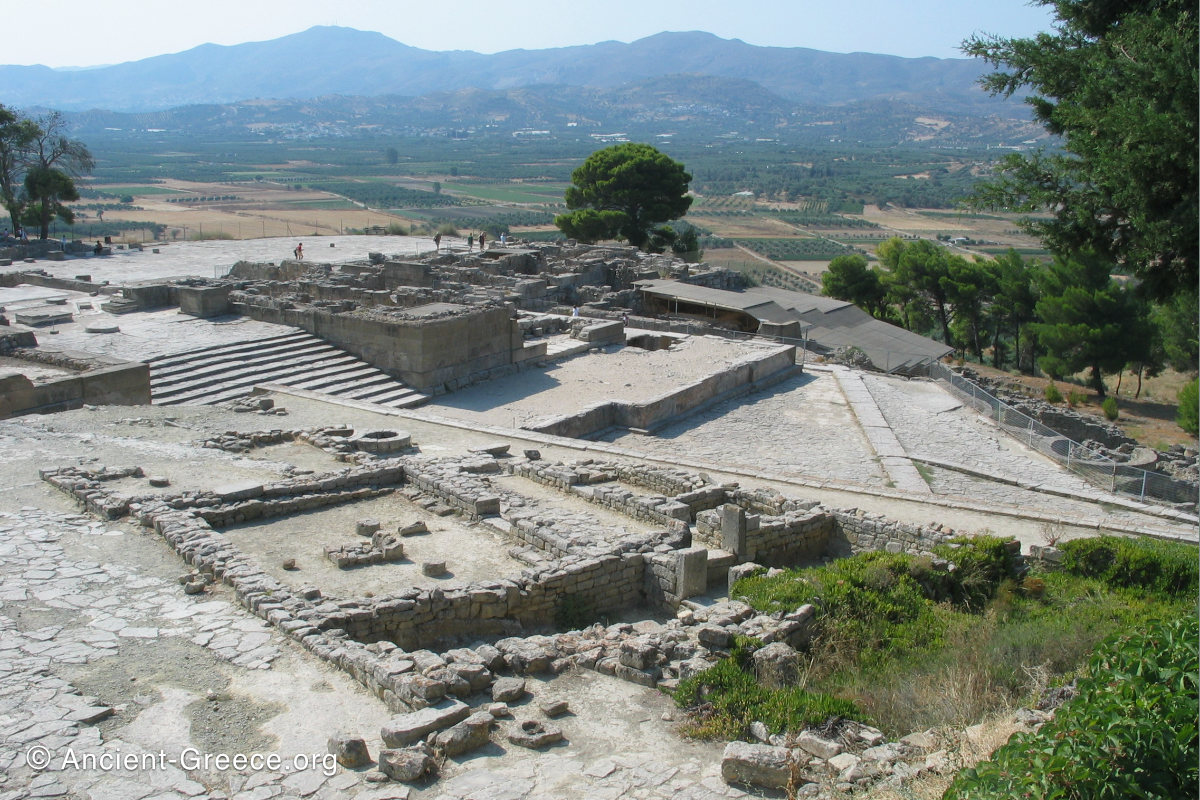
Phaistos
Read more: PhaistosPhaistos (Φαιστός, also transliterated as Faestos, Phaestos, Faistos) is the second largest Minoan palace of Crete after Knossos. The Bronze Age palace is located on a low hill in the Messara plain south of Heraklion. The site was…
-
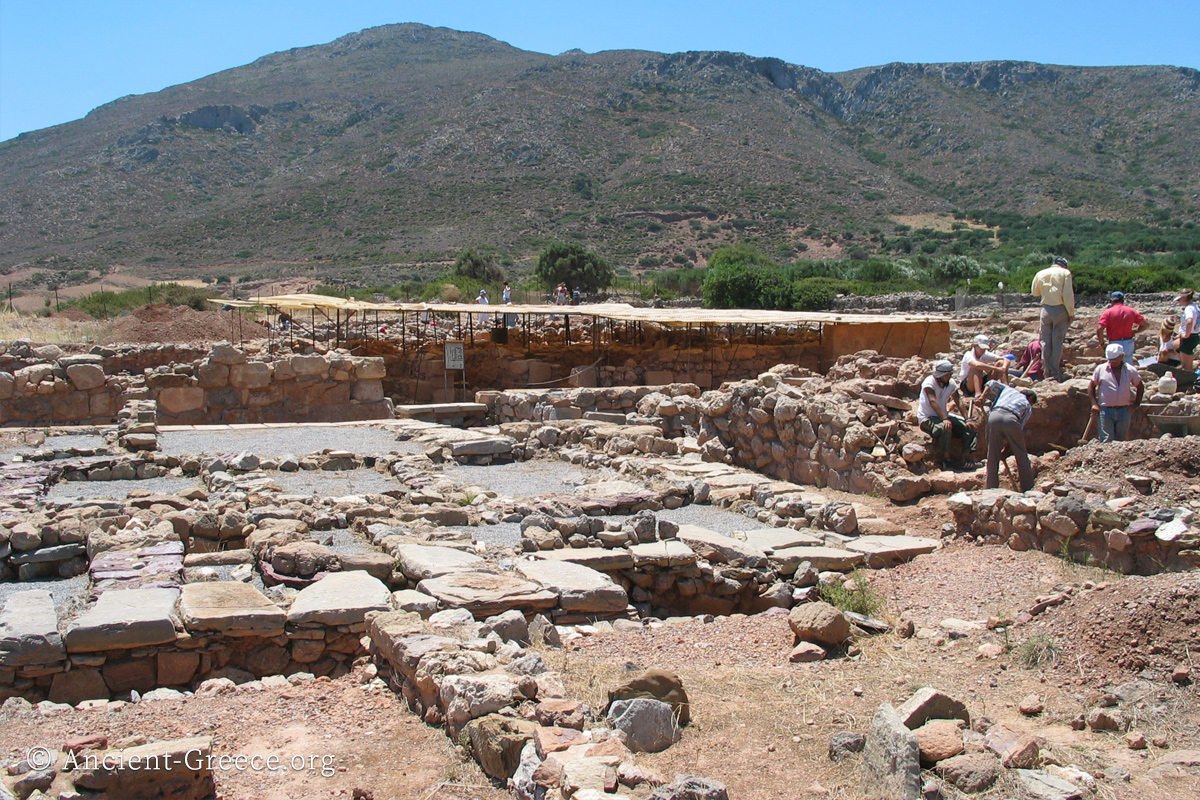
Palaikastro Minoan Settlement at Rousolakos
Read more: Palaikastro Minoan Settlement at RousolakosΠαλαίκαστρο (Palaikastro, sometimes also transliterated as Palekastro) Minoan town unearthed at the Rousolakos location near the modern town of Palaikastro. The settlement is strategically located on the east shore of Crete, in Chiona harbor a few kilometers north…
-
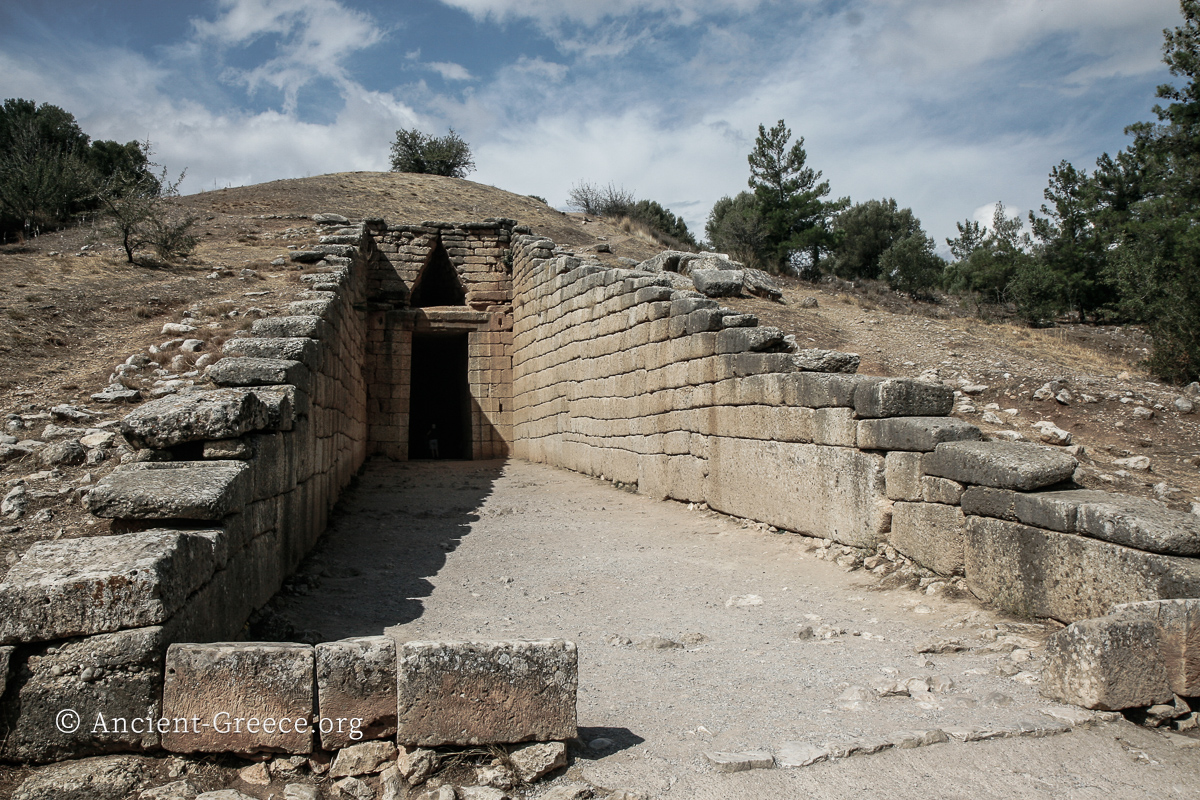
Treasury of Atreus
Read more: Treasury of AtreusThe tholos tomb at Mycenae known as “Treasury of Atreus”, built between 1350 and 1250 BCE, is the largest, best preserved, and one of the latest built in the Bronze Age. It is also known as “Tomb of…
-
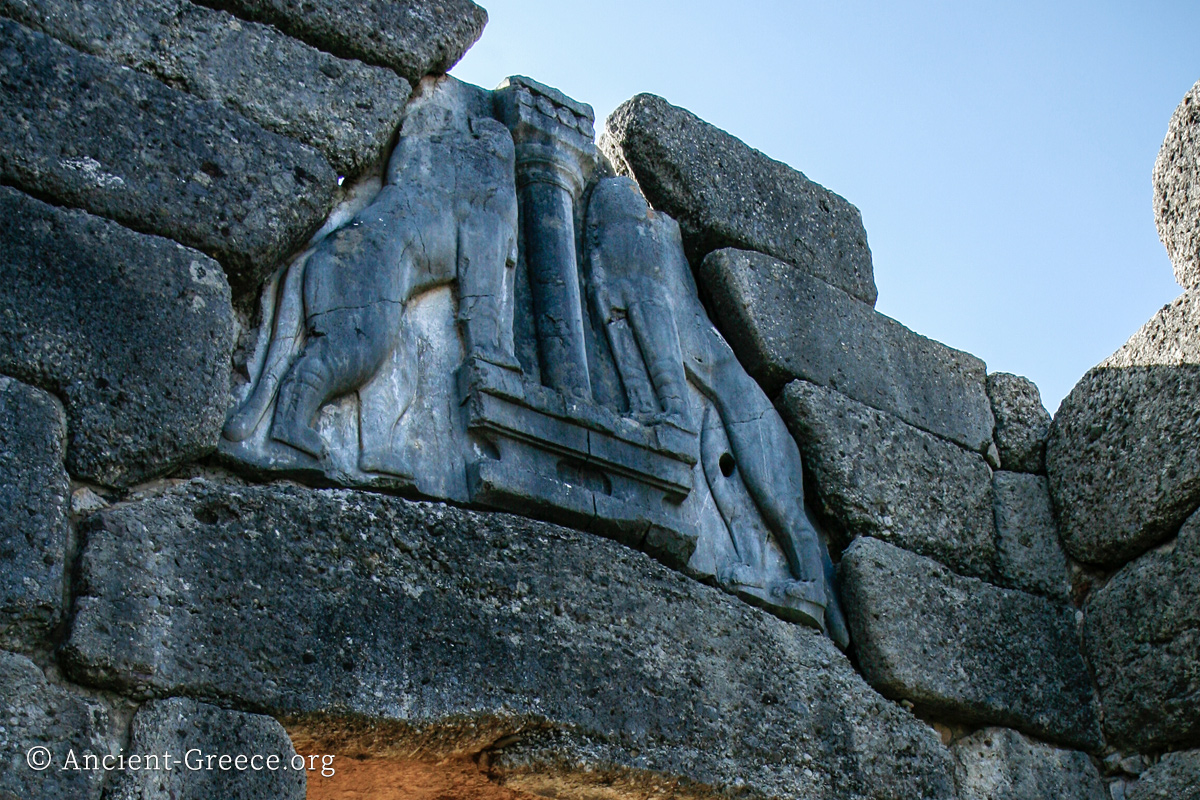
Mycenae Archaeological Site
Read more: Mycenae Archaeological SiteMycenae (Greek: Μυκήνες) is one of the most important archaeological sites of Greece. The fortified citadel is perched over the fertile plain of Argolis near the seashore in the northeast Peloponnese. Mycenae is the largest and most important center…

